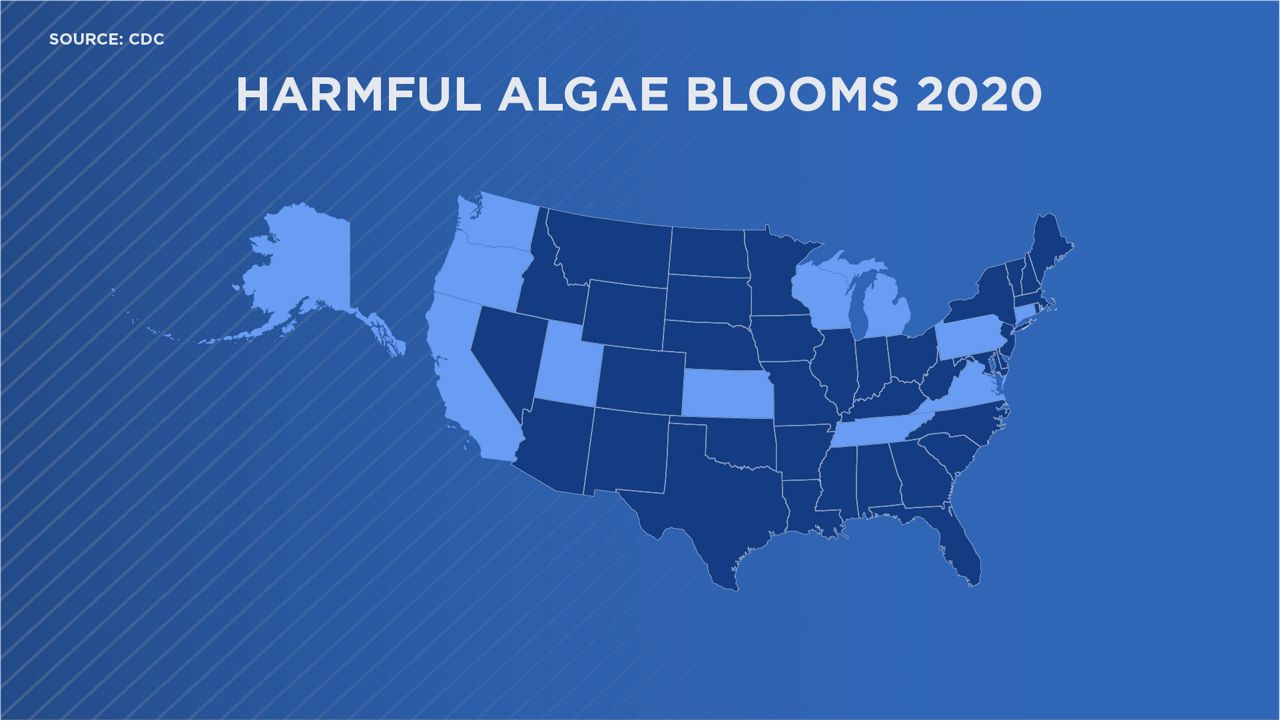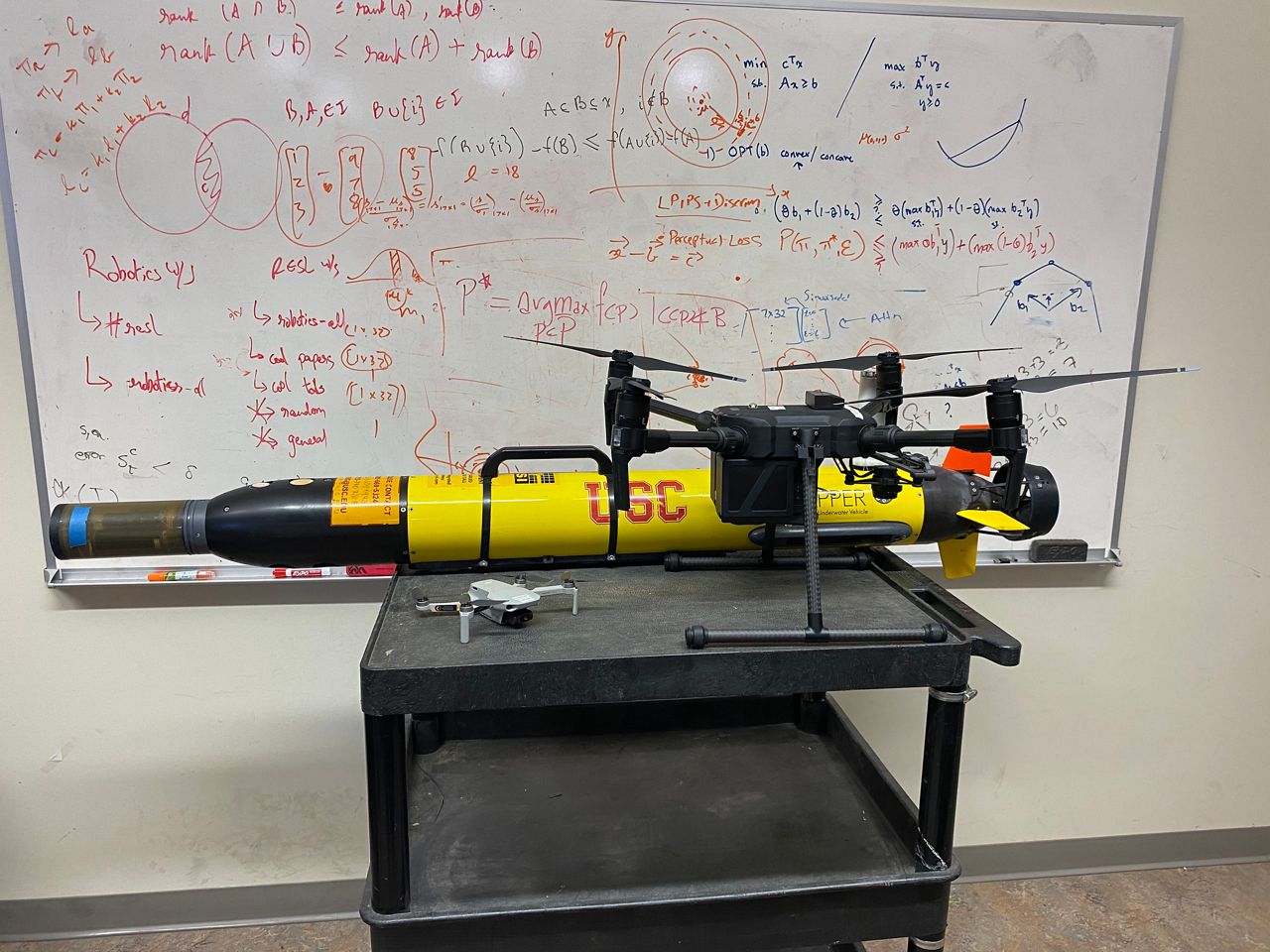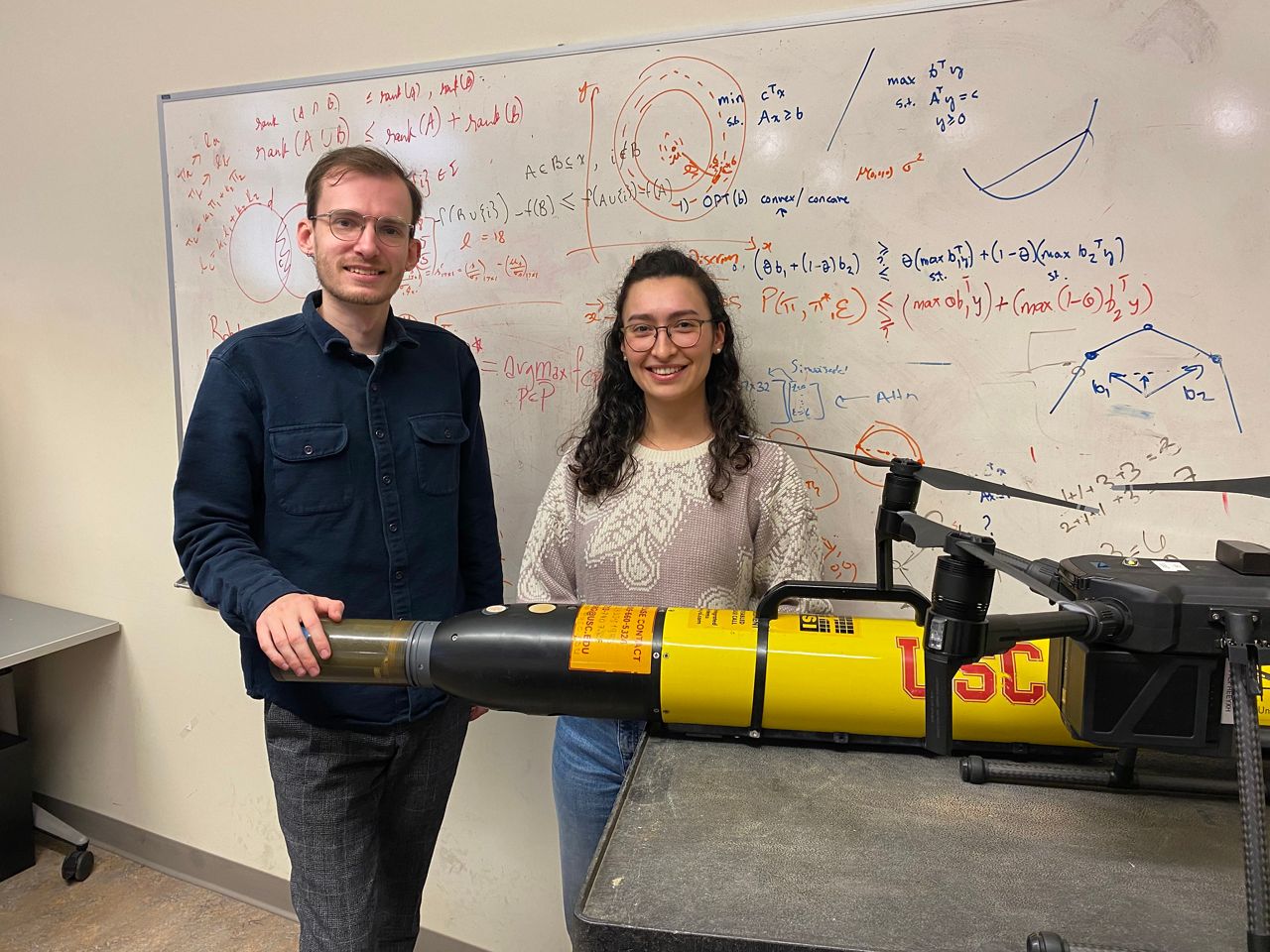Scientists at the University of Southern California’s Viterbi School of Engineering (USC Viterbi) are using robotics to spot toxic algae blooms.
Students programmed aquatic robots to track down prime locations for toxic algae. Their programming instructs the robots to detect harmful agal blooms (HAB) in lakes and other bodies of water from exploding and polluting our water supply.
“Our lab’s role is in making such robots more intelligent. So we don’t build the mechanical robot but we build its brains,” said Gaurav Sukhatme, Vice Dean and Professor of Computer Science and Electrical and Computer Engineering at USC Viterbi.
According to the Centers for Disease Control in 2020, 13 states reported 227 harmful algal blooms (HAB). 95 people have gotten sick from them and one person died associated with paralytic shellfish poisoning.

Current algae detection technology doesn’t have the same autonomous and adaptive programming as their robots. Plus, it’s difficult to find optimal sites to measure harmful algae like cyanobacteria. Their robot cuts down the time for a scientist to measure bodies of water for HAB.
Two doctoral students at USC Viterbi were central programming these aquatic robots. These robots are unique because the students programmed them to survey a specific spot and take a measurement.

USC Ph.D. student Christopher Denniston told me, “[These robots] can take measurements to allow us to figure out harmful algal blooms. What are the conditions like to change our human behavior or add things to the water to reduce the likelihood that we have harmful algal bloom?”
Plus, the robots/drones they use can collect data more efficiently and save biologists time. It can turn a collection process from taking hours to just minutes for those who survey the algae.

The drone is purely used to pre-survey a site before a biologist goes out in the field and collects a sample.
We talked to both students about how the robots works and how it could pinpoint algae blooms.
Check out the video at the top of the article to see the robots in action.
Our team of meteorologists dives deep into the science of weather and breaks down timely weather data and information. To view more weather and climate stories, check out our weather blogs section.



